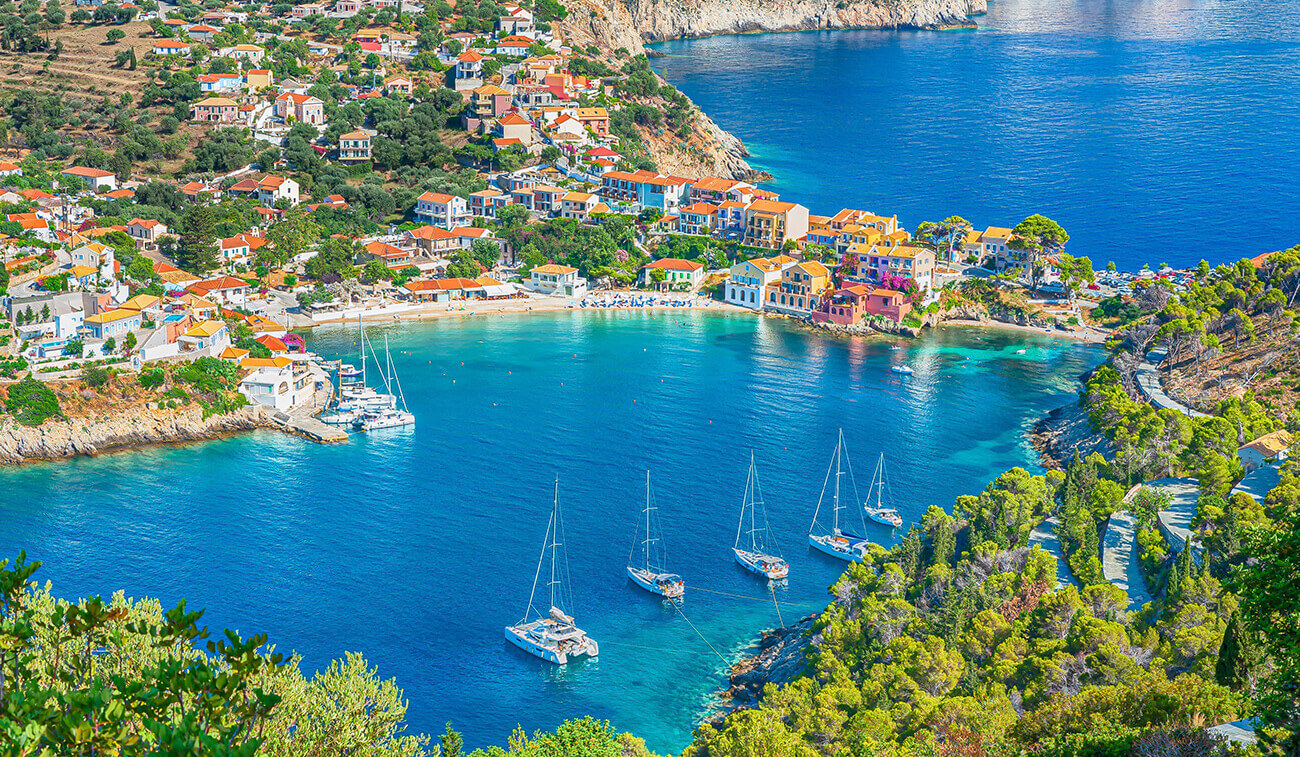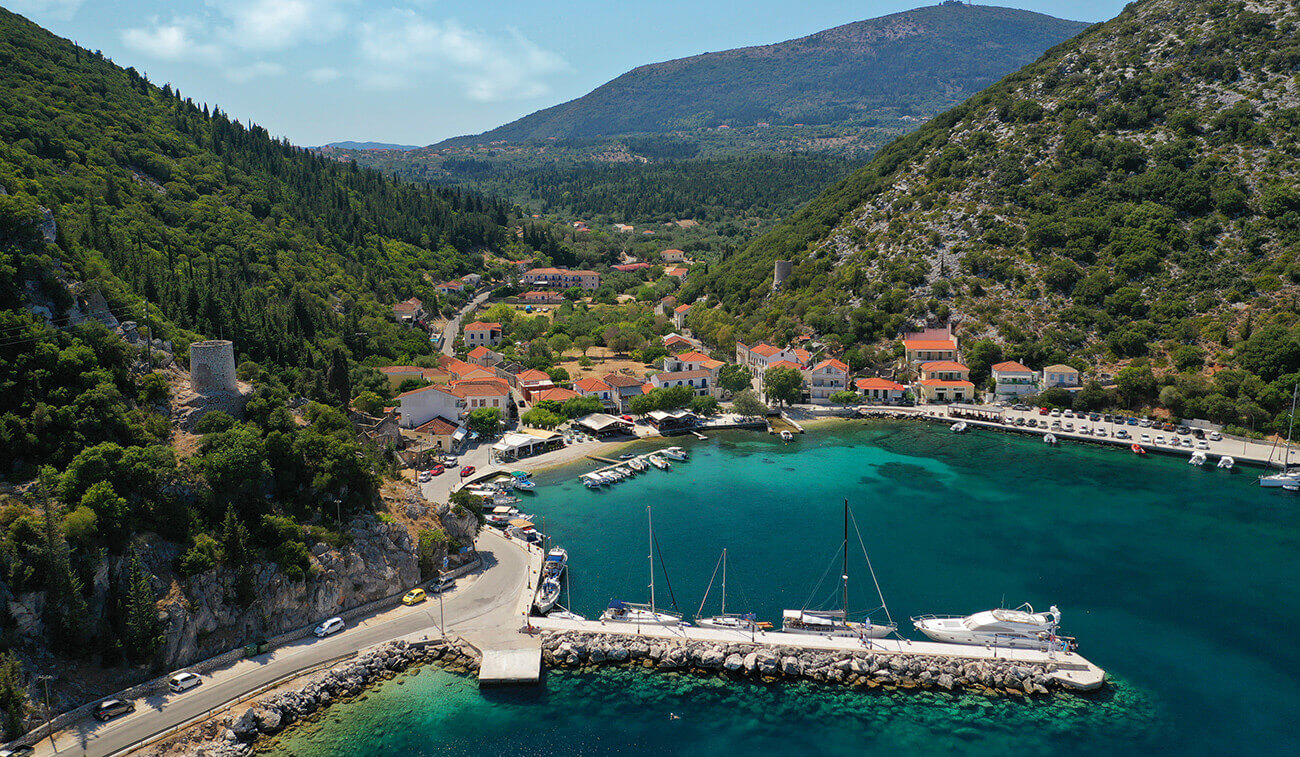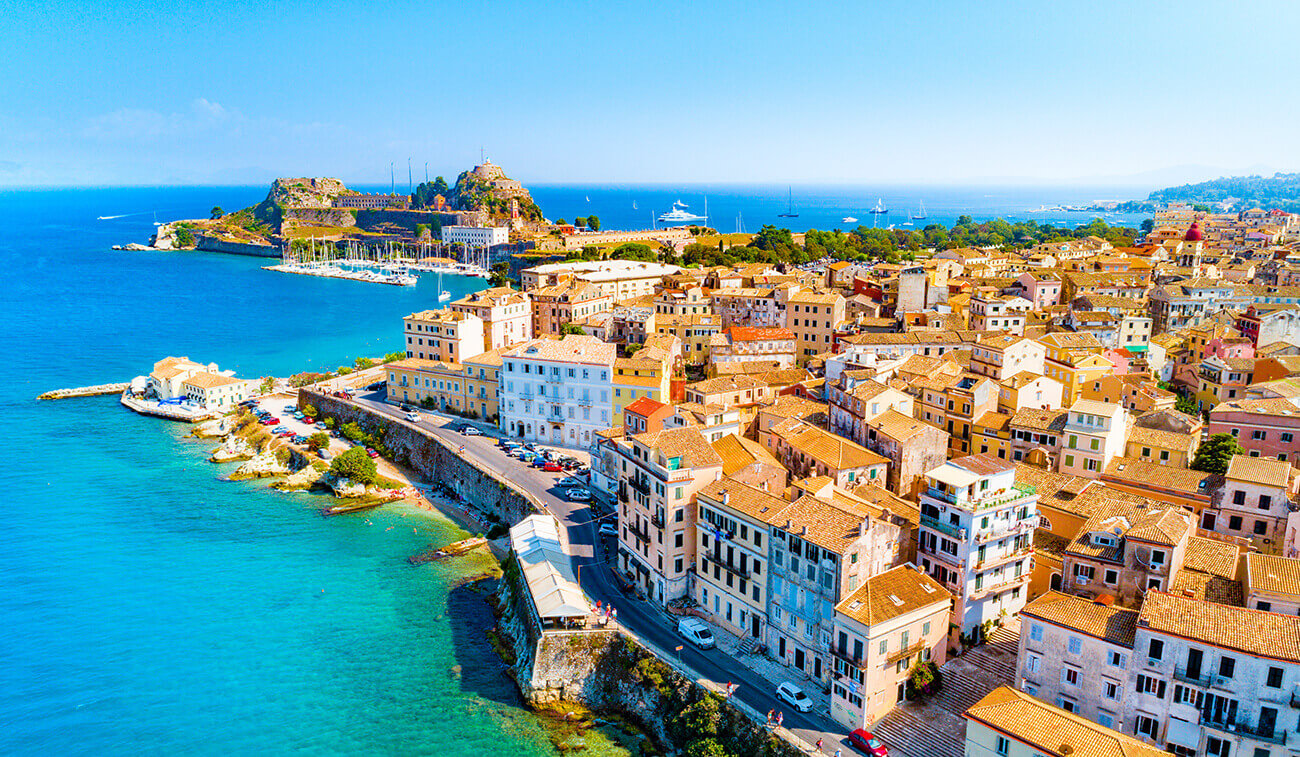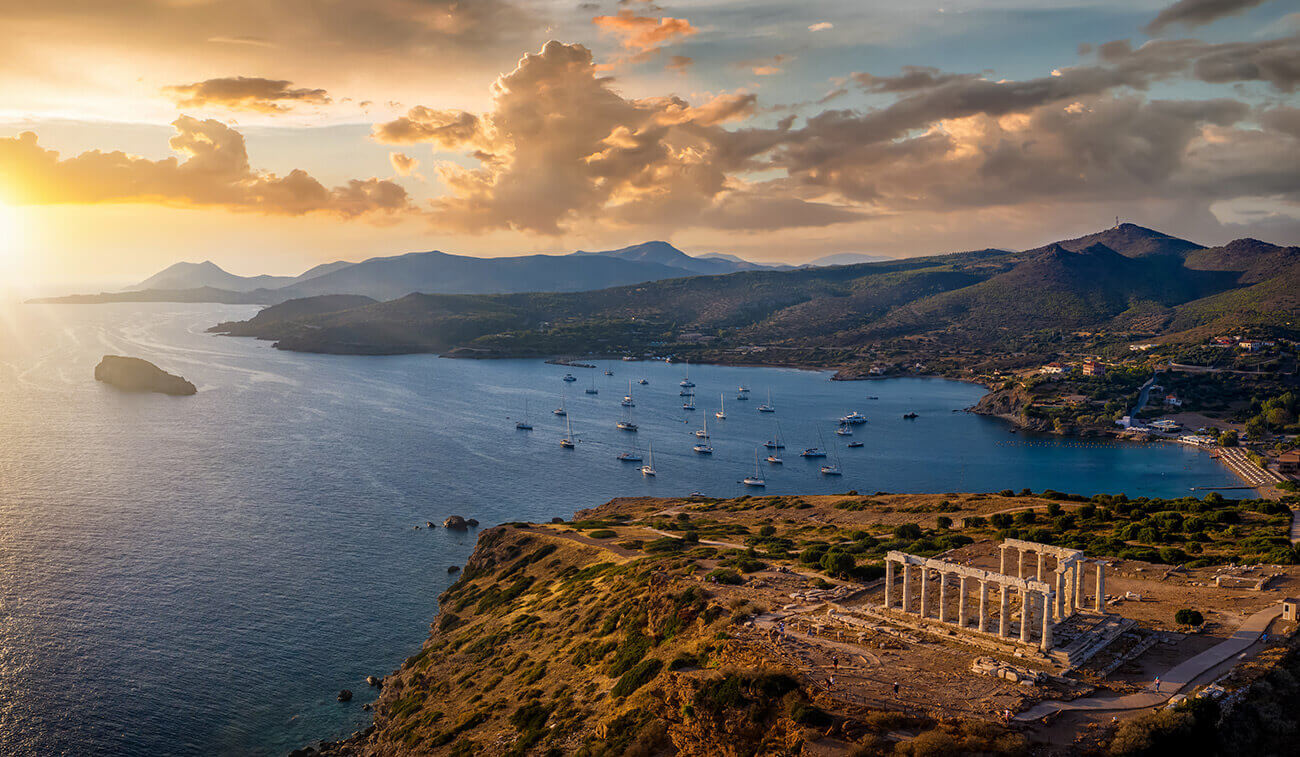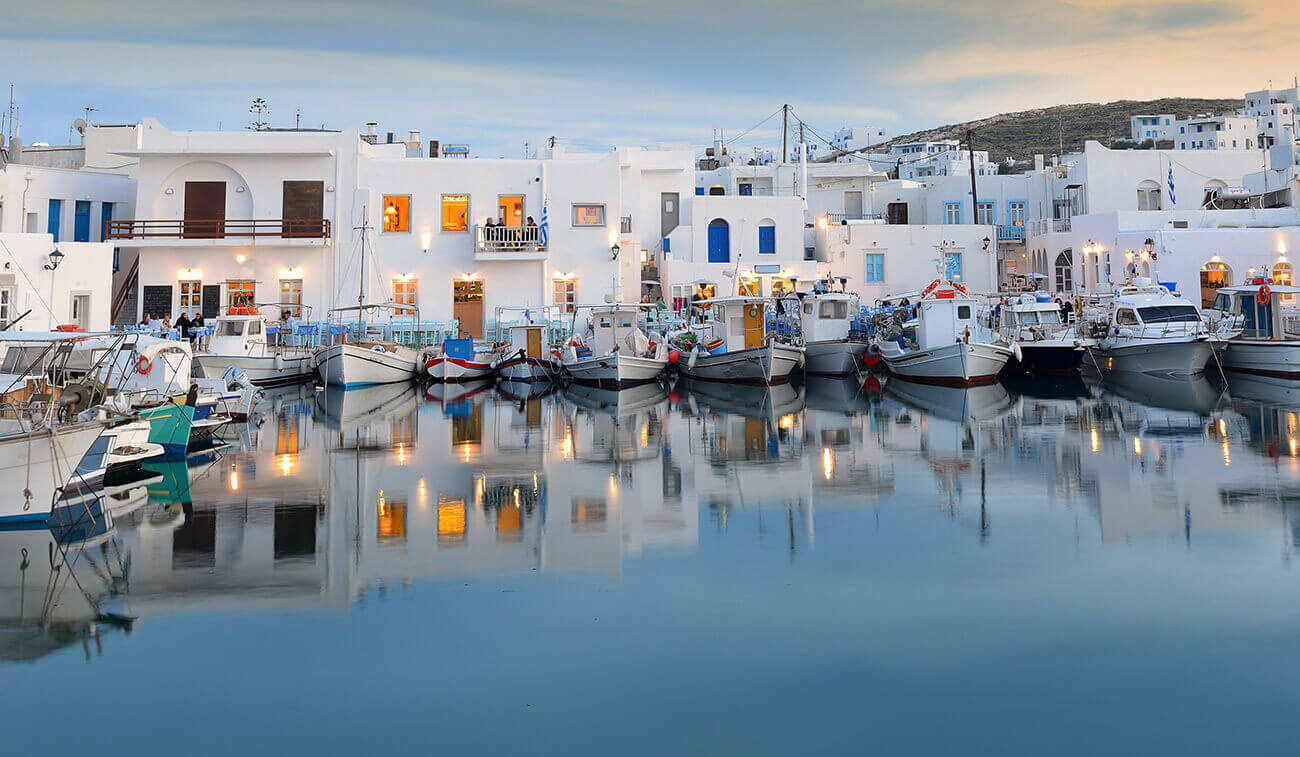KEFALONIA
Kefalonia has a lot of beaches with crystal clear of green and blue waters and will take your breath away. This is the biggest Ionian Islands. If you love diving or snorkeling then the seabed around the island will satisfy you 100%. Kefalonia has traditional cuisine and villages, among with the upbeat nightlife will make you fall in love with this island.
ITHACA
Ithaca is the worldwide famous as the home of Odysseus, is symbolizes the return to the haven. Ithaca is very peaceful and quiet and it is ideal place for activities like hiking and mountain bike. Scuba diving and sea kayaking are some of the options too, while the Cave of the Nymph will give you the chance to combine an exciting visit with a myth: Odysseus had hidden there the gifts he had brought along from the land of the Phaeacians’.
CORFU
Corfu (or Kerkyra in Greek), its rich multi-cultural heritage, its historic monuments, its crystal-clear blue seas, and the perfect weather most of the year explain why Corfu is one of the most cosmopolitan Mediterranean destination. So you will have the most unforgettable memories when you leave the place and sail to the next destination.
ATHENS
The Capital of Greece. Within the sprawling city of Athens it is easy to imagine the golden age of Greece when Pericles had the Parthenon (the most eminent monument of the ancient Greek architec ture) built. Athens is built around the Acropolis and the pinnacled crag of Mt. Lycabettus, which the goddess Athena was said to have dropped from the heavens as a bulwark to defend the city. The suburbs have covered the barren plain in all directions and the city is packed with lively taverns and bustling shops.
PAROS ISLAND
Paros is so fascinating on so many levels that many people love it having seen only one of its faces. Don't jump to conclusions about what you like, get to know the island first and find your "own" Paros, the face that suits you best. No doubt, though, it will charm you even if you see a different side from the one expected.
The island of Paros is famous for its golden beaches, clear blue waters and nightlife. However, it has much more than that to offer visitors, who will see a different island, offering many alternatives: its rich natural resources, the fascinating cultural heritage, the unique customs, the original traditional dishes and the famous wine, are some of the island's secrets that make visitors return.
Parikia, the capital of Paros, is a beautiful Cycladic village with whitewashed cubic houses and impressive neoclassical mansions. A well preserved 13th century Venetian castle stands proudly on a hill at the center of the village offering an amazing view of Parikia.
Wander through beautiful traditional villages like Naousa, a colorful village, where the ruins of a Venetian fortress stand at the entrance to its small harbor. Lefkes is located at the highest point of Paros and enjoys stunning views of the island. The village is set up in the mountains
and is surrounded by a rich green landscape. It has very well preserved Cycladic and neoclassical buildings, beautiful squares and narrow marble alleys.
Paros offers quality facilities to practice windsurfing, kite surfing, diving, horse riding and trekking. The island has several diving schools (the beaches Chrysi Akti, Santa Maria, and Pounta are ideal for diving). Pounta is the best beach for kite surfing, while the favorite beaches for windsurfing are Tserdakia, Chrysi Akti, Santa Maria and Pounta. The island also has surfing clubs. Amateur fishermen will find ideal spots on the coasts of Paros.


